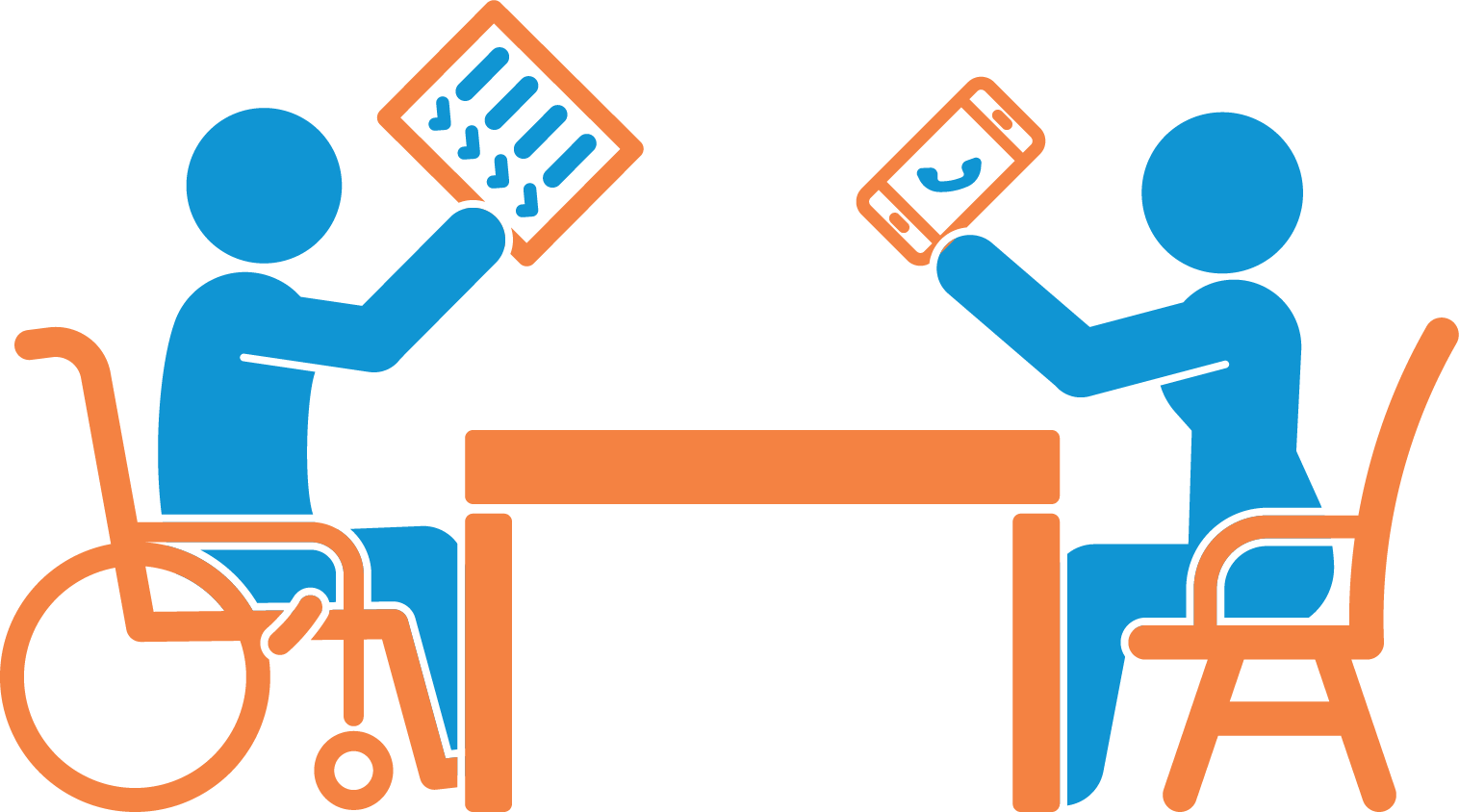Plan to Be Safe by creating your emergency plan and deciding how you will communicate.

Will everyone in your household do the right thing during the violent shaking of a major earthquake? Before the next earthquake, get together with your family or housemates to plan now what each person will do before, during and after.
ECA’s Step 2 Webinar reviews how to Plan to Be Safe (Click “CC” for captions)
Learn about our Safer At Home Webinar Series
Once the earthquake is over, we will have to live with the risk of fire, the potential lack of utilities and basic services, and the certainty of aftershocks. By planning now, you will be ready. This plan will also be useful for other emergencies.
Planning for an earthquake or other emergency is not much different from planning for an event or vacation. Make sure that your emergency plan includes evacuation and reunion plans; your out-of-state contact person’s name and number; the location of your emergency supplies and other pertinent information. Finally, have occasional earthquake “drills” to practice your plan, and share your plan with people who take care of your children, pets, or home.
Plan NOW to be safe during an earthquake:
- Practice “drop, cover, and hold on.” (See Step 5)
- Identify safe spots in every room, such as under sturdy desks and tables.
- Learn how to protect yourself no matter where you are when an earthquake strikes.
- The U.S. Geological Survey is working with west coast states to implement the ShakeAlert Earthquake Early Warning System to deliver alerts when shaking is on the way.
- If you are in California, visit earthquake.ca.gov to learn about California’s Earthquake Early Warning System and how to download the MyShake app. Several countries have similar systems.
Plan NOW to respond after an earthquake:
- Keep shoes and a flashlight in a closed “under-bed bag” tied to each bed.
- Get a fire extinguisher for your home. Your local fire department can train you and your family to use it properly.
- Teach everyone in your household to use emergency whistles and/or to knock three times repeatedly if trapped. Rescuers searching collapsed buildings will be listening for sounds.
- Know the location of utility shutoffs and keep needed tools nearby. Make sure you know how to turn off the gas, water, and electricity to your home. Only turn off the gas if you smell or hear leaking gas.
- Install smoke alarms and test them monthly. Change the battery once a year, or when the alarm emits a “chirping” sound (low-battery signal).
- Take a Red Cross first aid and cardiopulmonary resuscitation (CPR) training course. Learn who else in your neighborhood is trained in first aid and CPR.
- Check with your city or county to see if there is a Community Emergency Response Team (CERT) in your area. If not, ask how to start one.
- Work with your neighbors to identify who has skills and resources that will be useful in an emergency, and who may need special attention (children, elderly, disabled, etc).
- Learn about neighborhood preparedness programs such as Map Your Neighborhood, Neighborfest, etc.
- Identify the needs of household members and neighbors with special requirements or situations, such as use of a wheelchair, walking aids, special diets, or medication.
Plan NOW to communicate and recover after an earthquake:
- Sign up for city, county, and/or state emergency alert systems to receive information via text, or download apps that provide similar information. (In California: CalAlerts.org.)
- Chose a safe place outside of your home to meet your family or housemates after the shaking stops.
- Provide all family members with a list of important contact phone numbers.
- Designate an out-of-area contact person who can be called by everyone in the household to relay information.
- Learn about the earthquake plan developed by your children’s school or day care. Keep your children’s school emergency release card current.
- Consider where you might live if your home cannot be occupied after an earthquake or other disaster.
- Keep copies of essential documents, such as identification, insurance policies, and financial records, in a secure, waterproof container, and keep with your emergency supplies kits. Include a household inventory (a list and photos or video of your belongings).
A special note about children
If earthquakes scare us because we feel out of control, think how much more true this must be for children, who already must depend on adults for so much of their lives. It is important to spend time with children in your care before the next earthquake to explain why earthquakes occur. Involve them in developing your disaster plan, prepare emergency supplies kits, and practice “drop, cover, and hold on.” Consider simulating post-earthquake conditions by going without electricity or tap water.
After the earthquake, remember that children will be under great stress. They may be frightened, their routine will probably be disrupted, and the aftershocks won’t let them forget the experience. Adults tend to leave their children in order to deal with the many demands of the emergency, but this can be devastating to children. Extra contact and support from parents in the early days will pay off later. Whenever possible, include them in the recovery process.




